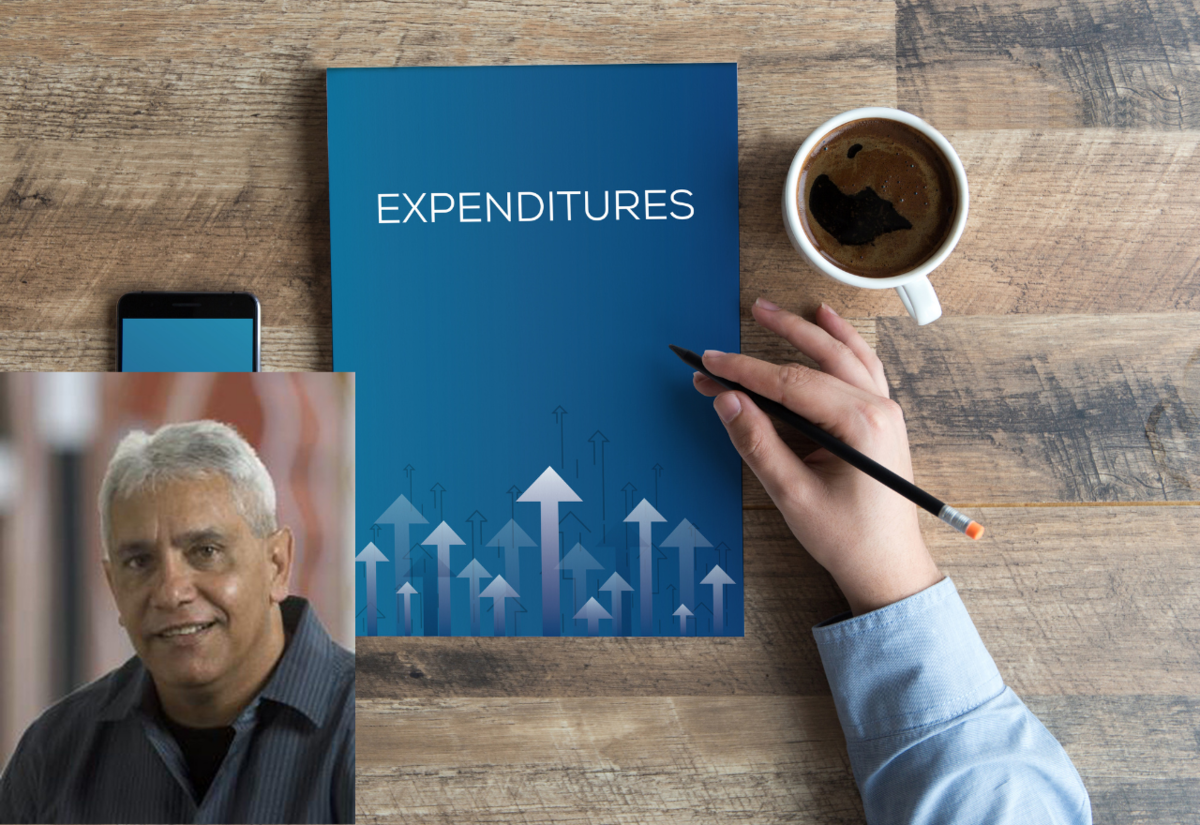State funding for Aboriginal communities laid bare
Oliver Brown
28 November 2021, 8:14 PM
 Aboriginal-led organisations across regional NSW have welcomed the release of the first ever NSW Interim Indigenous Expenditure Report but believe more work still needs to be done to close the gap.
Aboriginal-led organisations across regional NSW have welcomed the release of the first ever NSW Interim Indigenous Expenditure Report but believe more work still needs to be done to close the gap. Murdi Paaki Regional Assembly (MPRA) Chairperson Des Jones has expressed his hope a newly released interim report detailing Indigenous expenditure in NSW for the current financial year serves to enact real change rather than just being "another government slogan".
The NSW Indigenous Expenditure Report (IER) is the first of its kind for NSW states which reported a record $1.1 billion was being invested in Indigenous programs, services and initiatives this financial year.
Shortly after the public release of the IER last week, NSW Treasurer Matt Keane said spending on Indigenous initiatives was up 18.9 per cent on the previous financial year.
"I know we’ve still got a long way to go to close the gap, but the NSW Government is proud to be working with Aboriginal and Torres Strait Islander people to create better outcomes for communities right across the state," Mr Kean said.
"Initiatives delivered in partnership with or by an Aboriginal-led organisation ensure their voices are heard and their interests are well represented."
Projects highlighted by the government in the IER include the Roads to Home Program, which aims to provide access to critical infrastructure and services for Aboriginal communities across NSW.
The Roads to Home Program has been rolled out across multiple regional Local Aboriginal Lands Councils including the Weilwan LALC in Gulargambone, with footpaths and roads unveiled earlier this year and redevelopment on homes already underway. Two reserves in the Walgett shire have also been selected to be a part of the program.
Key findings from the report included the largest spend categories in the financial year being infrastructure - with $316.6 million, an increase of $87.2 million - crisis services - with $151.0 million, a decrease of $8.7 million - and education with $140.4 million, an increase of $10.1 million.
The NSW Coalition of Aboriginal Peak Organisations (NSW CAPO), which is a coalition of organisations like the NSW Aboriginal Land Council have since welcomed the release of the IER.
In a statement, the CAPO said many Aboriginal Community Controlled Organisations and Aboriginal communities have been calling for greater transparency in how funds providing services are allocated.
"We know that Aboriginal Community Controlled Organisations are best placed to design and deliver services to Aboriginal peoples and the Aboriginal Community Controlled Sector delivers services more efficiently and more appropriately than non-Aboriginal service providers," the statement said.
"The NSW IER shows that there is work to be done to ensure a more thorough approach to evaluation to ensure that funds spent to deliver services to Aboriginal people are done so efficiently."
Chairperson of the MPRA, which seeks to build engagement between the government and 16 communities across Western NSW - including Bourke, Brewarrina, Cobar, Coonamble and Walgett - Des Jones also applauded the Aboriginal unit within the treasury for putting the IER together.
He said it was a good first step in recognising the need for a new approach.
"The old models don't work based on the decisions made previously, so it's about time the NSW government are looking at investing into a new approach," Mr Jones said.
"The only way to create change and allow rural communities to deliver the required standard is to actually invest in those regions."
Despite this, Mr Jones said there were still some things he didn't necessarily agree with, including the breakdown of the government's economic priorities and the decrease of spending on crisis services.
"Some of these priorities should already be taken up by normal funding arrangements, such as education - I think that should be rolled in with normal education expenditure," he said.
"We're also concerned that some government resources are going through agencies and services with no actual connection to our communities.
"I would like the treasury to transfer all its untied resources within this program - I hope it is responding to the local plans as they've been designed and this is not just another slogan."
According to Mr Jones, the MPRA is also in the process of collating information about what services are receiving government funding and how many of them are actually delivering these services on the ground.
He said he hoped the resources and funding outlined in the IER would be separate to what they were investigating and they would soon be releasing their findings to the communities the organisation represents.